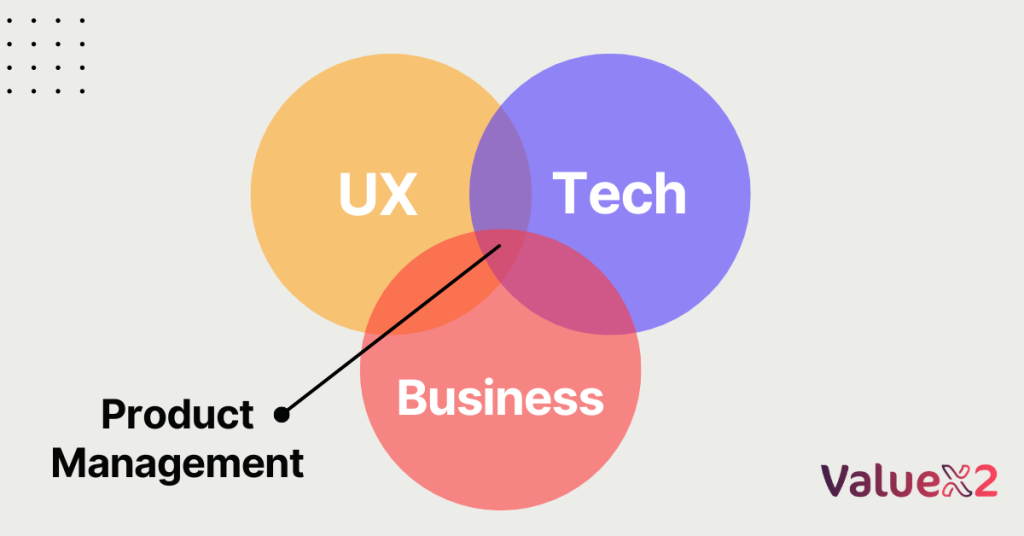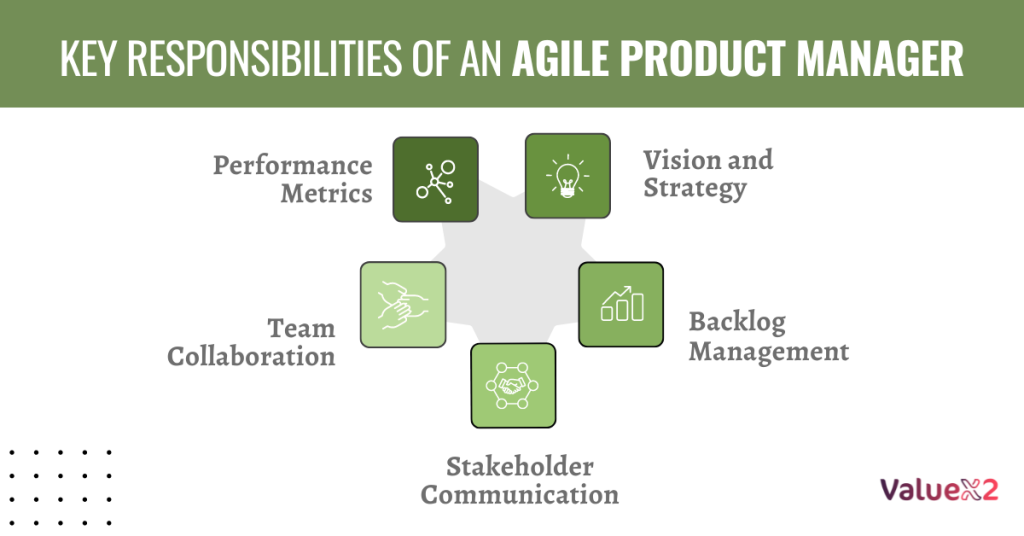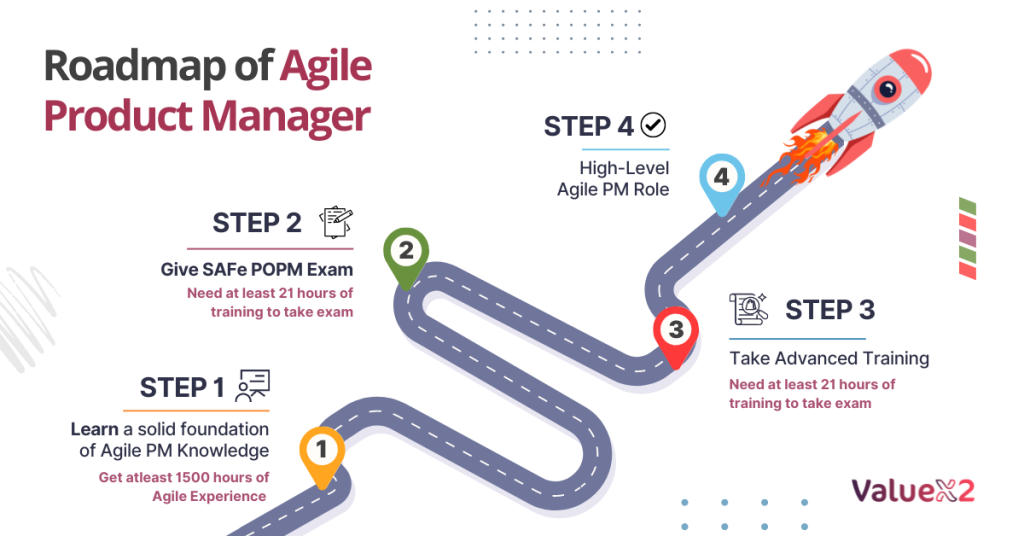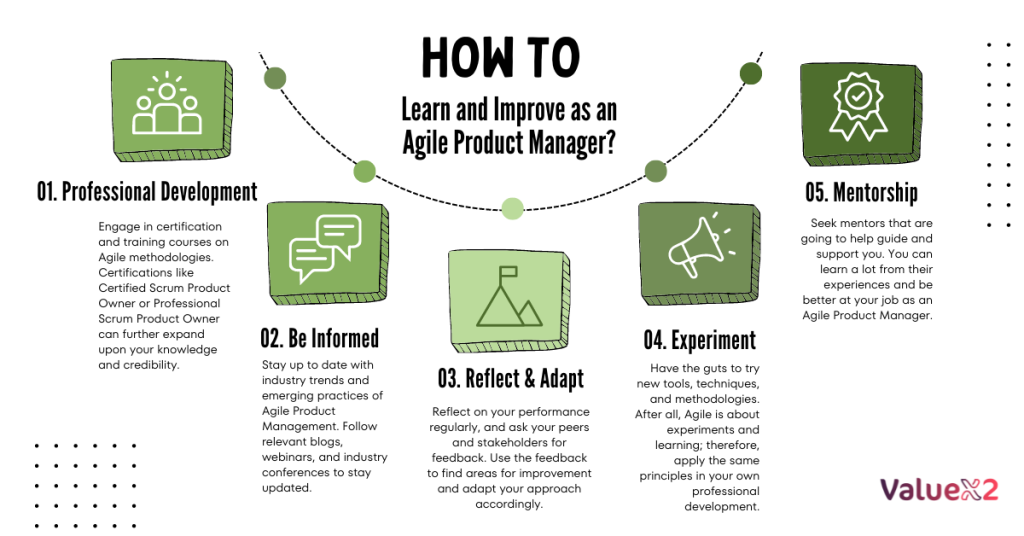Learn how to become a better Agile Product Manager using the right framework insight, and outcome-driven product management. Succeed in your career in a specific position through practical application and learning organisation.

Within the competitive environment of inventive product development, the position of an agile product manager is essential for orienting the teams effectively. Regardless of whether you are a relatively new product manager who has recently taken up the role, or have been an Agile Product Manager for some time but feeling that there is room to improve, it may be helpful to know how to become a better Agile Product Manager. In this guide, we’ll discuss how to transition to Agile methodology, what kind of tasks APMs conduct, and what frameworks support their work.
By adopting Agile SDLC for software development, 64% of the companies witnessed increased capability to manage changing priorities efficiently.
What is a Scaling Framework?

Scaled agile frameworks are frameworks aimed at ensuring that Agile practices go beyond teams. These frameworks assist in dealing with big projects for which there are many teams to support; it helps to implement Agile throughout the firm. They help in the integration, ensure continuity, and keep the teams focused on the goals of the business.
Adopting an agile enterprise architectural framework offered a 41% improvement in the predictability of software product deployment to the companies.
How to Become a Better Agile Product Manager?

To become a better Agile Product Manager, however, it is important to understand a baseline of what that term entails. Here are the primary areas of focus:
- Vision and Strategy: Formulate a sound product vision and product road map. It means that the key responsibilities of your position are to define objectives, rank imaginary capabilities, and maintain correspondence between a product and a general business vision.
- Backlog Management: It also means to maintain and prioritize the content of the Product Backlog. This requires collaboration with stakeholders to ensure that the backlog is as up-to-date with the existing needs of the business as possible.
- Stakeholder Communication: Be the mediator between customers, development teams and executive team. Communication contains people and expectations and makes sure everyone has the same expectations.
- Team Collaboration: Develop teamwork or cooperation within and between teams if any within your organization. Promote extensive interaction, enable the team to have sprint planning meetings, and help the team mitigate the challenges successfully.
- Performance Metrics: Assess the performance of your product through the use of performance indicators. Collect as much information as possible to be able to make reasonable decisions and changes to plans regularly.
By engaging the responsibilities diligently above, you will be able to lay a strong base to be a one-of-a-kind Agile Product Manager.
Skills Required for Ideal Agile Product Management

As an agile product manager, to increase your effectiveness, develop the following key skills:
- Leadership: Set an example; inspire your team. Good leadership is the one that is seen when working on a project and gives people clear direction in a congenial work environment.
- Communication: Grow your communication skills to clearly articulate your vision, conduct constructive feedback, and hold meaningful negotiations with stakeholders. Clear communication is what will help in any agile environment where changes are happening around you at a fast pace.
- Analytical Thinking: Learn to analyze data and make decisions based on evidence. KPIs and knowledge of how to use data can make product decisions drive a difference.
- Problem-Solving: Level up your problem-solving skills in dealing with any kind of problems that might come up through the development process. The ability to work out problems before they emerge is what identifies and keeps up momentum.
- Adaptability: The successful agile team member must be able to embrace change and be flexible in the approach. Continued flexibility in response to new information and changes in priorities is what makes agile methodology so successful.
How Do I Build and Maintain Effective Relationships as an Agile Product Manager?
An Agile Product Manager has to have strong relations with fellow team members and stakeholders. Here is how an individual can build and go about maintaining those relationships:
- Empathy: Understand the needs and perspectives of your team and stakeholders. This will surely help develop trust and breed a collaborative atmosphere.
- Feedback: Give your team constructive feedback often. Encourage giving and receiving feedback with an open mind since this is a culture of continuous improvement.
- Communication: Involve stakeholders during the requirements elucidation stage and, throughout the development phase, update the stakeholders about the progress of the product repeatedly. This makes sure there is a better alignment of expectations among the stakeholders and better support when needed.
- Resolution of Conflicts: Resolve conflicts as effectively and as soon as possible. Learn to mediate disputes and find solutions that satisfy all parties included.
- Networking: Extend your professional network with other Agile Product Managers and possibly industry experts. Networking can lead one to find important insights and opportunities for fruitful collaborations.
What Are the Details of Scaling Frameworks for Agile Product Management?
The best way to regulate complications in products, especially in the case of huge teams, is through vital scaling frameworks.
Here is a detailed take on some of the popular scaling frameworks:
- SAFe (Scaled Agile Framework): The scaled agile framework is a set of organized principles for scaling the use of agile practices in large organizations. It purports that team-level goals should align with business objectives, and there should be proper integration between the various agile teams as well as consistency in values during delivery. Among its key components, it contains Agile Release Trains (ARTs), bunches of teams working collectively toward the incremental delivery of value.
- LeSS (Large Scale Scrum): LeSS extends Scrum principles to large projects by focusing on simplicity and transparency. Multiple scrum teams work together to create a single product backlog, hence ascertaining the principles of Scrum are adhered to even when team size increases.
- Spotify Model: This is an organizational structure that Spotify is founded on, namely, team independence and alignment. This implies the creation of cross-functional autonomous teams aligned with the business objectives, and an innovative culture and a culture of collaboration.
By learning about these scaling frameworks and implementing them, you, as an Agile Product Manager, would be better equipped to handle complex projects and coordinate their efforts across multiple teams, thereby becoming more effective.
What are the key differences between a Product Owner and a Product Manager?
While a product owner takes responsibility for the product quality, a product manager is the one who handles the day-to-day operations and marketing side of the product.
| Aspect | Agile Product Manager | Product Owner |
| Focus | Concentrates on the overall product vision, strategy, and long-term goals. | Concentrates on the day-to-day development process and managing the product backlog. |
| Key Responsibilities | Responsible for market research, product strategy, stakeholder alignment, and prioritization of high-level features. | Responsible for defining user stories, maintaining the product backlog, and ensuring the development team understands the requirements. |
| Stakeholder Interaction | Engages with external stakeholders, customers and upper-level management to align the product with market needs. | Works closely with the development team and internal stakeholders to ensure the product backlog aligns with the overall product vision. |
| Decision Making | Makes strategic decisions regarding the product’s direction and business’s goals. | Makes tactical decisions on the specifics of what will be built and in what order, within the constraints set by the Product Manager. |
| Time Horizon | Focuses on product lifecycle and long-term success. | Focuses on current sprint or release cycle and short-term goals. |
| Positioning in Organisation | Typically reports to higher-level executives like the VP of the product or the Chief Product Officer (CPO). | Typically reports to the Product Manager and works closely with the development team. |
How Can I Continuously Learn and Improve as an Agile Product Manager?

To be able to handle all the duties of a successful Agile Product Manager, one needs to be committed to continuous learning and improvement. See how to stay ahead in your role below:
- Professional Development: Engage in certification and training courses on Agile methodologies. Certifications like Certified Scrum Product Owner or Professional Scrum Product Owner can further expand upon your knowledge and credibility.
- Be Informed: Stay up to date with industry trends and emerging practices of Agile Product Management. Follow relevant blogs, webinars, and industry conferences to stay updated.
- Reflect and Adapt: Reflect on your performance regularly, and ask your peers and stakeholders for feedback. Use the feedback to find areas for improvement and adapt your approach accordingly.
- Experiment: Have the guts to try new tools, techniques, and methodologies. After all, Agile is about experiments and learning; therefore, apply the same principles in your own professional development.
- Mentorship: Seek mentors who will help guide and support you. You can learn a lot from their experiences and improve your job as an Agile Product Manager.
What’s More To Know?
Check out ValueX2’s upcoming training to get certifications like Agility in HR, SSM, SASM, SAFe POPM and others. These courses are ideal for meeting the needs of ambitious professionals who want to be agile leaders. These courses equip you with up-to-date knowledge and tools that can revolutionize your career.
For people who want to grow in their existing area of practice as well as those who wish to make a career transition, our courses give you the edge. It would be wise not to miss the chance to keep you updated with the latest trends in the constantly developing atmosphere of agile practices! Know about our upcoming training sessions from here!
Learn more about agile methodologies here in our blog section.
Conclusion
Becoming a good Agile Product Manager is a process of learning, developing, mending, and also strengthening interpersonal skills in addition to having approaches towards scaling frameworks. It implies knowledge of Agile Frameworks, willingness to take action and focus on improvement at individual, team and organizational levels. You can achieve better product outcomes that must be innovative by adopting flexibility and encouraging collaboration.
It is a very dynamic position; a stimulating and rewarding one because it focuses on the adaptation and addition of value to achieve organizational goals in light of customer and market demands. Just a reminder, the greatest way to become excellent is to remain a learner, to always accept feedback, and to aim higher. Being an Agile Product Manager is all about team coordination, decision-making, and adaptability which defines your ability to bring significant user-oriented products to life in a highly competitive environment.
FAQs
1. What Scaling Frameworks are used by Agile?
SAFe, is an acronym for Scaling Agile Framework; LeSS stands for Large Scale Scrum, and the Spotify Model is another popular agile framework. All these recognized frameworks scale the Agile process.
2. How would you enhance Stakeholders’ engagement and interaction with the members of the team?
Stakeholder’s engagement towards team members shows their understanding, criticism should be constructive, reporting should be two-way, conflicts should be dealt with as early as possible, and should interact with other personnel.
3. Which skills should I begin to practice towards being a better Agile Product Manager?
Emphasis must be made on enhancing the development of agility methods, communication, prioritization, and stakeholder management. Customer needs and market trends are also important to be defined and established well.
4. What must an Agile Product Manager do to make the right decisions?
An Agile Product Manager must :
- Optimize the selection of options by utilizing information
- Coordination and cooperating with your team,
- Using the presentation of the IT project with checklists,
- Create roadmaps and user stories.
5. How can Agile Product Managers ensure effective prioritization of tasks?
Agile Product Managers should apply MoSCoW (Must-have, Should-have, Could-have, Won’t-have) and Weighted Shortest Job First (WSJF) models to prioritize tasks and choose the most valuable and relevant in terms of their impact. Stakeholder engagement, identifying customer requirements, and mapping work according to organizational objectives are key drivers in ensuring that the most important items are at the top of the list while allowing the system to be as flexible as possible in case the top priority items need to be changed.
6. How can Agile Product Managers foster collaboration across teams?
There is always the opportunity for Agile Product Managers to encourage escalation by holding meetings, scrums, workshops, and other exercise sessions that help break the barriers. Here, appreciation of forthrightness promotes an integrated setting; and well-defined goals; and technology, inclusive of Jira or Trello, facilitates the harmonious flow. To maintain the cohesiveness of a project, it is necessary to develop trust and direct multiple teams toward a shared vision and objective; this can facilitate better coordination and efficiency with the product result.

Bhavna is an Agile Coach and Consultant with 15+ years of experience in advisory, corporate finance, IT assurance, and operations at Big 4 and within the industry in the UK and India. She has recently been the CEO of a start-up where she implemented agile practices within HR, Marketing, and Product teams.
She is also a SAFe® Practice Consultant (SPC) and authorized instructor for ICAgile Agility in HR (ICP-AHR), Agility in Marketing (ICP-MKG), and Business Agility Foundations (ICP – BAF) training courses. She provides training for agile transformation to corporate, public, and private batches, as well as consulting for enterprise agile transformation.






